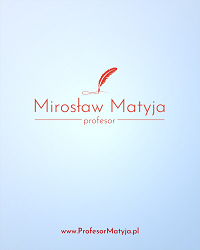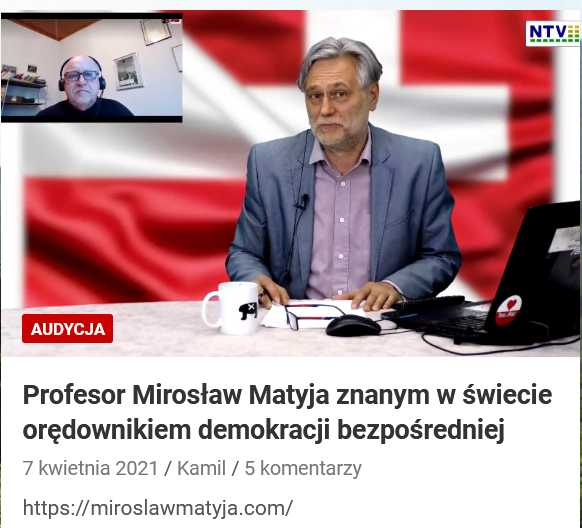New Strategies in Applied Linguistic Research for Health Therapy
Abstract
The study "New Strategies in Applied Linguistic Research for Health Therapy" explores the critical role of linguistic strategies in enhancing therapeutic outcomes and improving patient communication within healthcare settings. By integrating qualitative and quantitative methods, the research highlights the effectiveness of metaphorical language, politeness strategies, and the strategic use of narratives in fostering patient engagement, satisfaction, and treatment adherence. The metaphorical language was found to bridge the gap between complex medical jargon and patient understanding, while politeness and empathy were essential in building strong therapeutic relationships. Using narratives gave patients a coherent framework to understand their health journeys, particularly in managing chronic conditions. Training healthcare professionals in these linguistic strategies could significantly enhance patient-centred care. The study underscores the importance of applied linguistics in health care and calls for further research and integration of these strategies into clinical practice to optimize health outcomes.
Keywords
Full Text:
PDFReferences
Abdullah, M. Y., Bakar, N. R. A., & Mahbob, M. H. (2012). The Dynamics of Student Participation in Classroom: Observation on Level and forms of Participation. Procedia - Ancker, J. S., Edwards, A. M., Nosal, S., Hauser, D., Mauer, E., & Kaushal, R. (2011). Effects of workload, work complexity, and repeated alerts on alert fatigue in a clinical decision support system. BMC Medical Informatics and Decision Making, 11(1), 46.
Brown, P., & Levinson, S. C. (1987). Politeness: Some Universals in Language Usage. Cambridge University Press.
Fairclough, N. (1992). Discourse and Social Change. Polity Press.
Heritage, J., & Maynard, D. W. (Eds.). (2006). Communication in Medical Care: Interaction Between Primary Care Physicians and Patients. Cambridge University Press.
Mishler, E. G. (1984). The Discourse of Medicine: Dialectics of Medical Interviews. Ablex Publishing Corporation.
Rheingold, H. (1993). The Virtual Community: Homesteading on the Electronic Frontier. Addison-Wesley.
Sarangi, S., & Roberts, C. (Eds.). (1999). Talk, Work and Institutional Order: Discourse in Medical, Mediation and Management Settings. Mouton de Gruyter.
Searle, J. R. (1969). Speech Acts: An Essay in the Philosophy of Language. Cambridge University Press.
Siregar, I. (2024). Effectiveness of Multisensory Therapy in Treating Communication Barriers and Social Isolation in Transcortical Aphasia Sufferers. SIASAT, 9(1), 1-14. https://doi.org/10.33258/siasat.v9i1.166
Siregar, I. (2024). Assessing Religious Obligations: A Phenomenological Approach to Value and Legal Perspectives. Polit Journal Scientific Journal of Politics, 4(1), 1-14. https://doi.org/10.33258/polit.v4i1.1016
Siregar, I., & Demidyuk, L. (2024). The Relations and Relevances of the Poda Na Lima Batak People’s Philosophy with Islamic Views. Kultura: Jurnal Ilmu Hukum, Sosial, Dan Humaniora, 2(4), 15–33. https://doi.org/10.572349/kultura.v2i4.879
Siregar. I. (2024). An Exploration of Online Behavior of Asian and European Netizens: A Conceptual Phenomenological Comparative Review. SIASAT, 9(1), 15-27. https://doi.org/10.33258/siasat.v9i1.167
Siregar, I., & Hsu, F. (2024). The Interplay of Cultural Dynamics within the Globalization Paradigm. Kultura: Jurnal Ilmu Hukum, Sosial, Dan Humaniora, 2(4), 1–14. https://doi.org/10.572349/kultura.v2i4.657
Siregar, I. (2024). Examining the Vulnerability of the Betawi Language through a Multidisciplinary Approach. Siregar | Budapest International Research and Critics Institute-Journal (BIRCI-Journal). https://doi.org/10.33258/birci.v7i1.7857
Siregar, I., Kiesner , R., & Aesnring , B. (2024). A CULTURAL SCIENCE PERSPECTIVE ON PREMIUM GROG. Kultura: Jurnal Ilmu Hukum, Sosial, Dan Humaniora, 2(4), 69–79. https://doi.org/10.572349/kultura.v2i4.1199
Siregar, I., Yahaya, S. R. (2023). Model and Approaches to Preserving Betawi Language as an Endangered Language. Eurasian Journal of Applied Linguistics, 9(1), 274-283. Doi: http://dx.doi.org/10.32601/ejal.901023
Siregar, I., Anjani, S. D., & Yahaya, S. R. (2023). Projection of the Vitality of the Betawi Language in the Future Time in Jakarta. International Journal of Linguistics, Literature and Translation, 6(3), 39–46. https://doi.org/10.32996/ijllt.2023.6.3.4
Siregar, I. (2023). Basic Techniques and Approaches in Preserving the Endangered Betawi Language. Budapest International Research and Critics Institute (BIRCI-Journal): Humanities and Social Sciences. https://doi.org/10.33258/birci.v6i2.7603
Siregar, I. (2023). Description of the Condition of the Betawi Language in Future Developments. Budapest International Research and Critics in Linguistics and Education (BirLE) Journal. https://doi.org/10.33258/birle.v6i2.7557.g7494
Spencer-Oatey, H. (2000). Culturally Speaking: Managing Rapport through Talk across Cultures. Continuum.
Suler, J. (2004). The online disinhibition effect. Cyberpsychology & Behavior, 7(3), 321-326.
Wierzbicka, A. (1997). Understanding Cultures through Their Key Words: English, Russian, Polish, German, and Japanese. Oxford University Press.
DOI: https://doi.org/10.33258/birle.v7i2.7937
DOI (PDF): https://doi.org/10.33258/birle.v7i2.7937.g7808
Article Metrics
Abstract view : 0 timesPDF - 1 times
Refbacks
- There are currently no refbacks.

This work is licensed under a Creative Commons Attribution-ShareAlike 4.0 International License.

This work is licensed under a Creative Commons Attribution-ShareAlike 4.0 International License

_.gif)



















_.gif)



